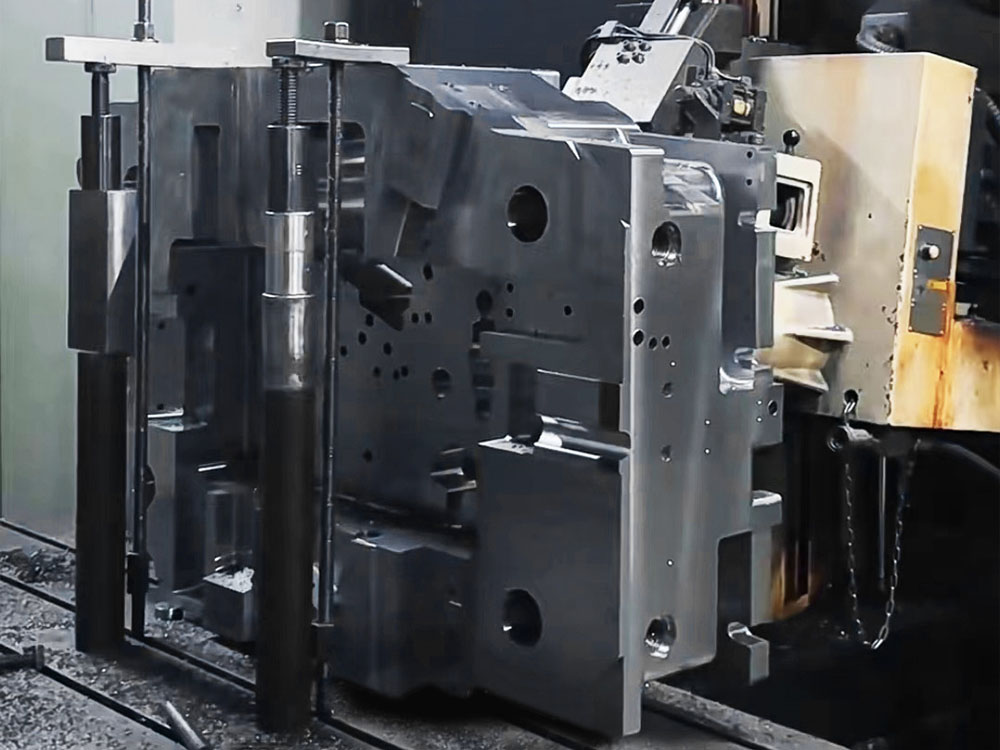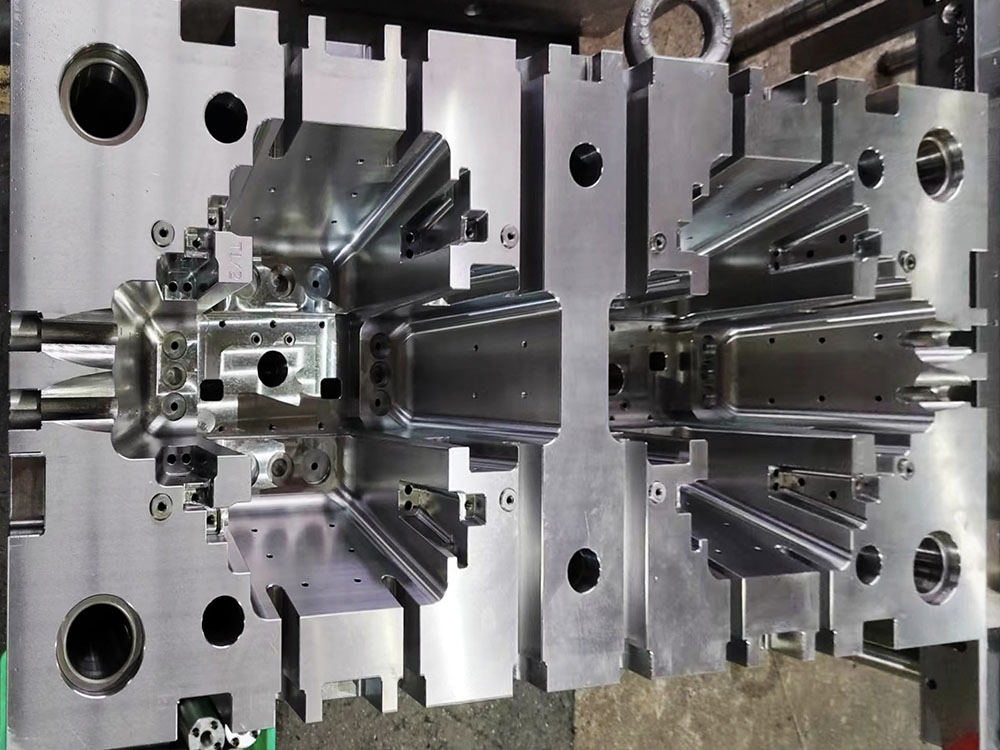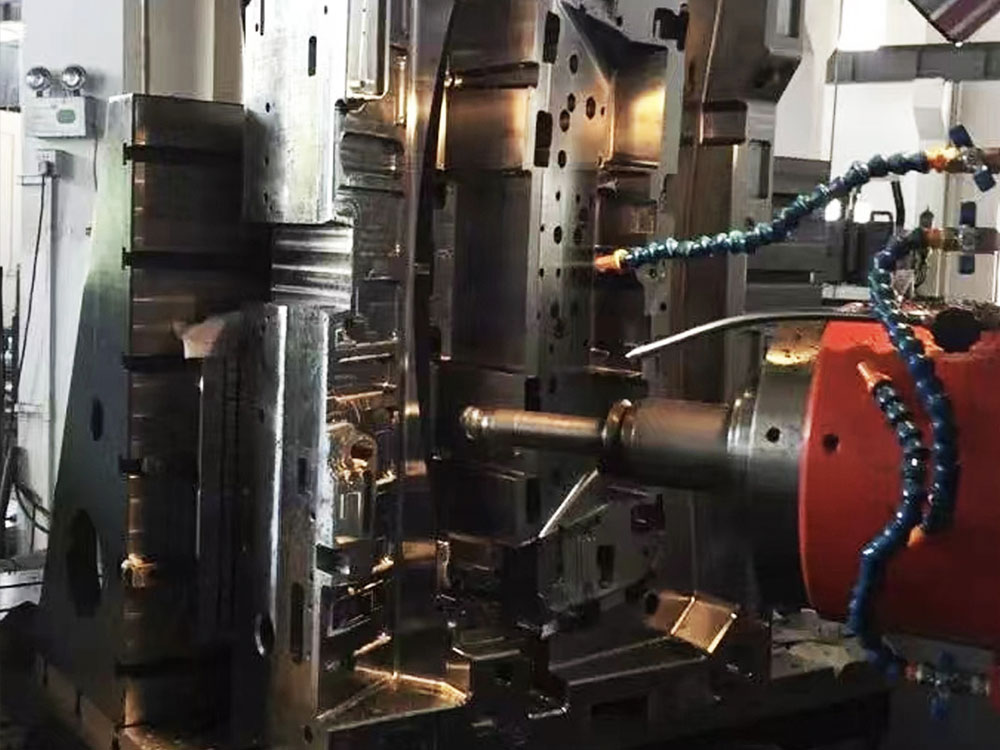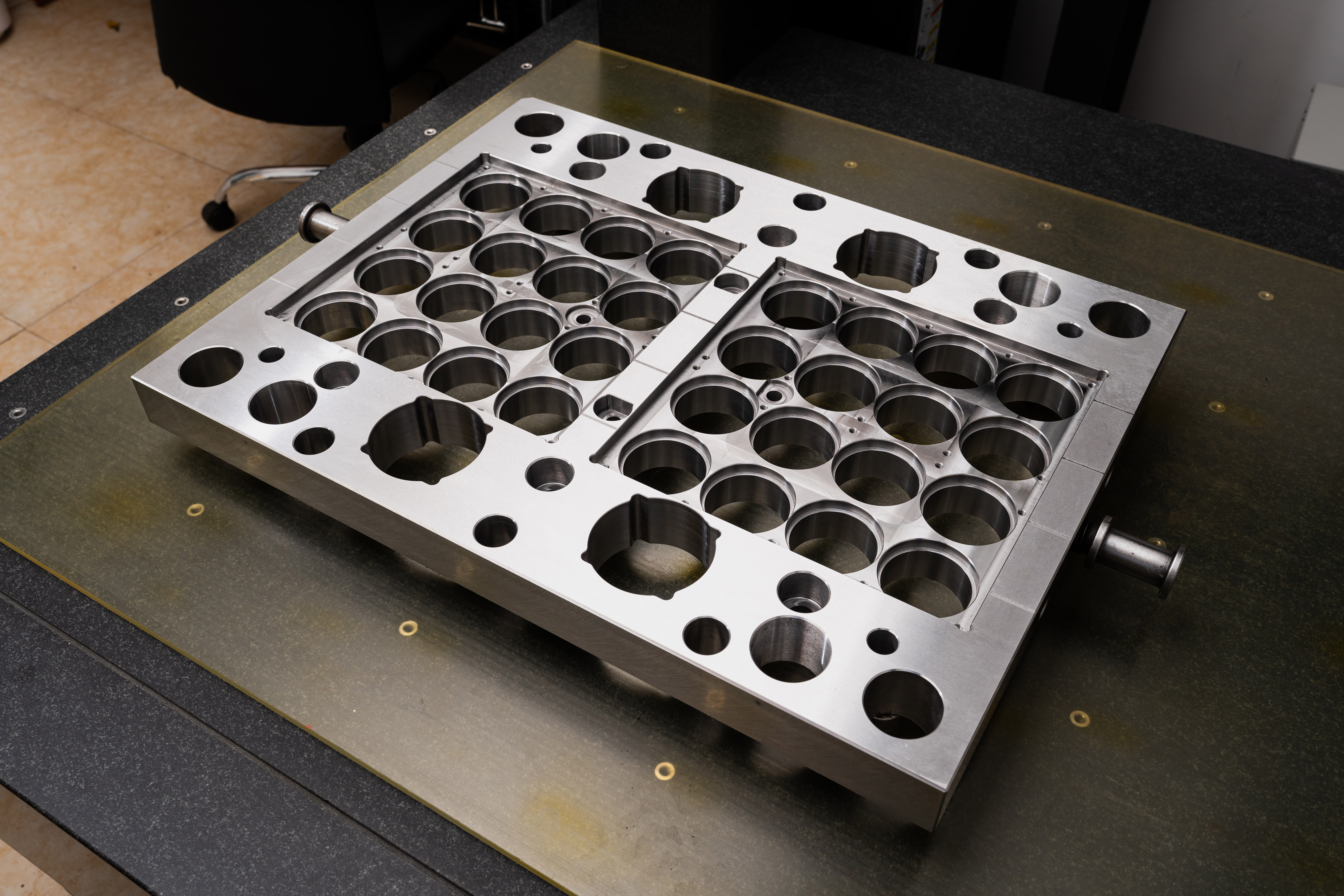Mold Base Industry: Designing Drawings for Bridge Framework Systems
The mold base industry plays a crucial role in the manufacturing sector, providing the foundation for various industrial processes. One particular aspect of mold base design involves creating accurate and efficient design drawings for bridge framework systems. These systems are an essential component in mold base construction, ensuring stability and functionality. In this article, we will explore the key steps and considerations involved in drawing design drawings for bridge framework systems in the mold base industry.
Step 1: Gather Requirements
The first step in creating design drawings for bridge framework systems is to gather the requirements. This includes understanding the specific needs and demands of the mold base project. Factors such as load-bearing capacity, dimensions, materials, and manufacturing constraints must be considered during this stage.
Step 2: Conceptualize the Bridge Framework
Once the requirements are gathered, the next step is to conceptualize the bridge framework system. This involves creating a preliminary design layout that outlines the basic structure and components of the bridge. Multiple design iterations may be necessary to optimize efficiency and ensure structural integrity.
Step 3: Structural Analysis
After the conceptual design is established, a thorough structural analysis must be conducted. This step involves assessing the strength and stability of the bridge framework system. Finite element analysis and other computational tools are often utilized to simulate real-world conditions and identify potential weaknesses or areas for improvement.
Step 4: Detailed Drawing Production
With the structural analysis complete, the next step is to produce detailed drawings of the bridge framework system. These drawings serve as a reference for mold base manufacturers and ensure accurate construction. They include dimensions, angles, and specifications for each component of the bridge.
Step 5: Review and Validation
Before the final design drawings are released, a comprehensive review and validation process must take place. This involves a thorough examination of the drawings by experienced engineers and designers who verify that all requirements are met and potential issues are addressed. Any necessary adjustments or modifications are made during this stage.
Step 6: Final Drawings and Documentation
Once the design drawings are reviewed and validated, the final versions are produced. These serve as the blueprint for mold base manufacturers to fabricate the bridge framework system. Additionally, detailed documentation accompanying the drawings provides instructions and specifications required for the proper assembly and installation of the system.
Conclusion
The design drawings for bridge framework systems in the mold base industry are crucial in ensuring the structural stability and functionality of mold bases. By following the steps outlined in this article, engineers and designers can create accurate and efficient design drawings that meet the requirements of each unique project. The meticulous process of gathering requirements, conceptualization, structural analysis, detailed drawing production, and review and validation ensures the production of high-quality mold bases suitable for a wide range of manufacturing applications.




